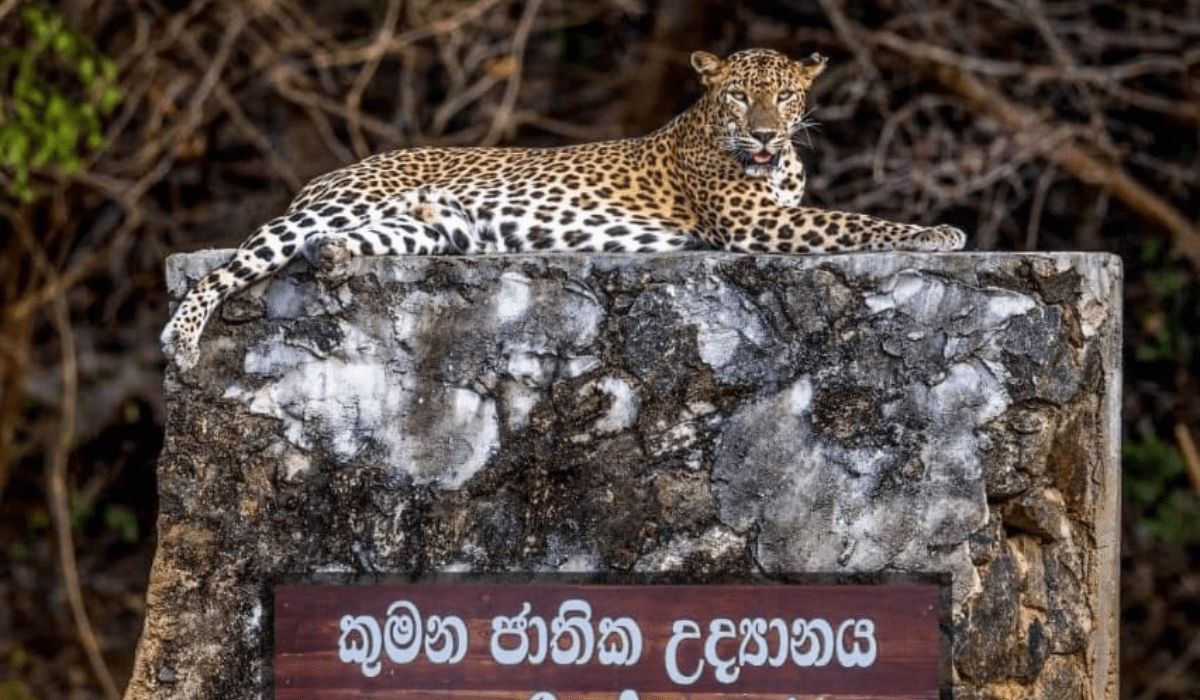Introduction
Table of Contents
Sinharaja Forest Reserve, a UNESCO World Heritage Site, is a biodiverse paradise nestled in the southwestern part of Sri Lanka. It is renowned for its unique tropical rainforest ecosystem, rich flora and fauna, and immense ecological significance. For nature enthusiasts, conservationists, and tourists alike, Sinharaja offers an unparalleled experience of untouched natural beauty. This SEO-friendly article aims to educate readers about the importance of Sinharaja Forest Reserve in Sri Lanka’s tourism industry, delving into its history, ecological significance, and visitor attractions.
History and Establishment
Ancient Origins
The name “Sinharaja” translates to “Lion King,” a testament to the mythical and historical significance of this forest. Historically, the forest was believed to be part of the ancient kingdom of Sinhala, ruled by Sinhalese kings. The area has long been revered by local communities for its dense forests and rich biodiversity.
Modern Conservation Efforts
In the 19th and early 20th centuries, the forest faced threats from logging and agricultural expansion. Recognizing its ecological importance, efforts to protect Sinharaja began in the 1970s. In 1978, the forest was designated a Biosphere Reserve by UNESCO, and in 1988, it was declared a World Heritage Site. These designations have helped safeguard the forest from further exploitation and have promoted conservation initiatives.
Ecological Significance of Sinharaja Forest Reserve
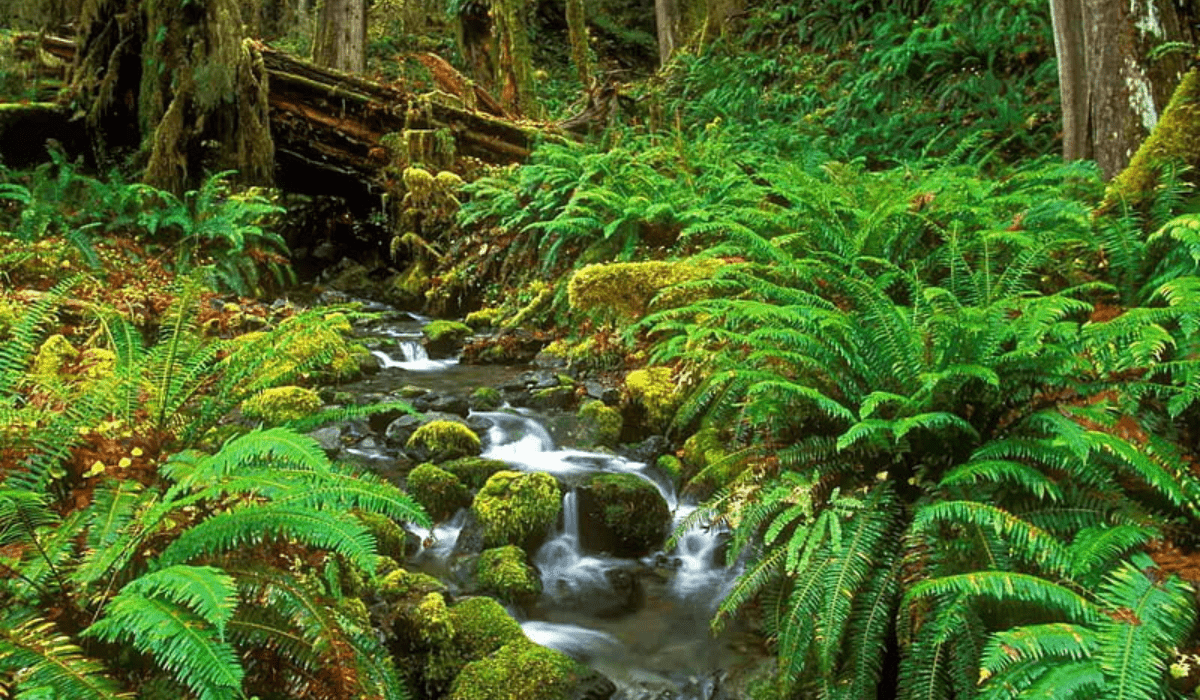
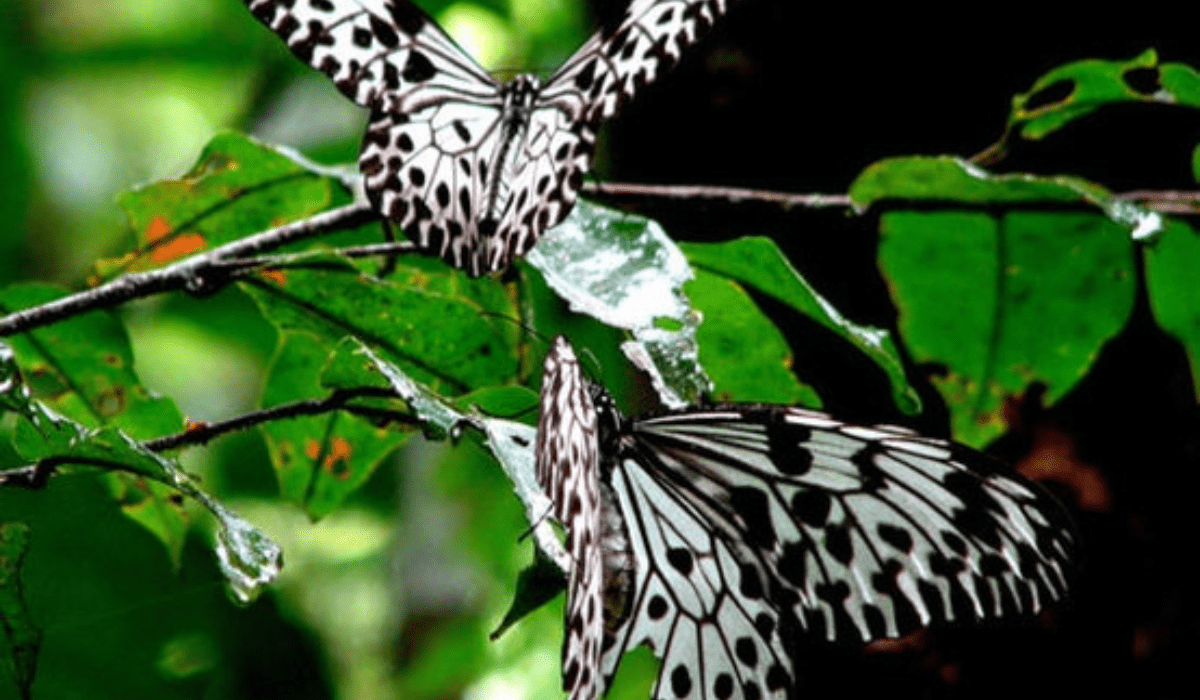
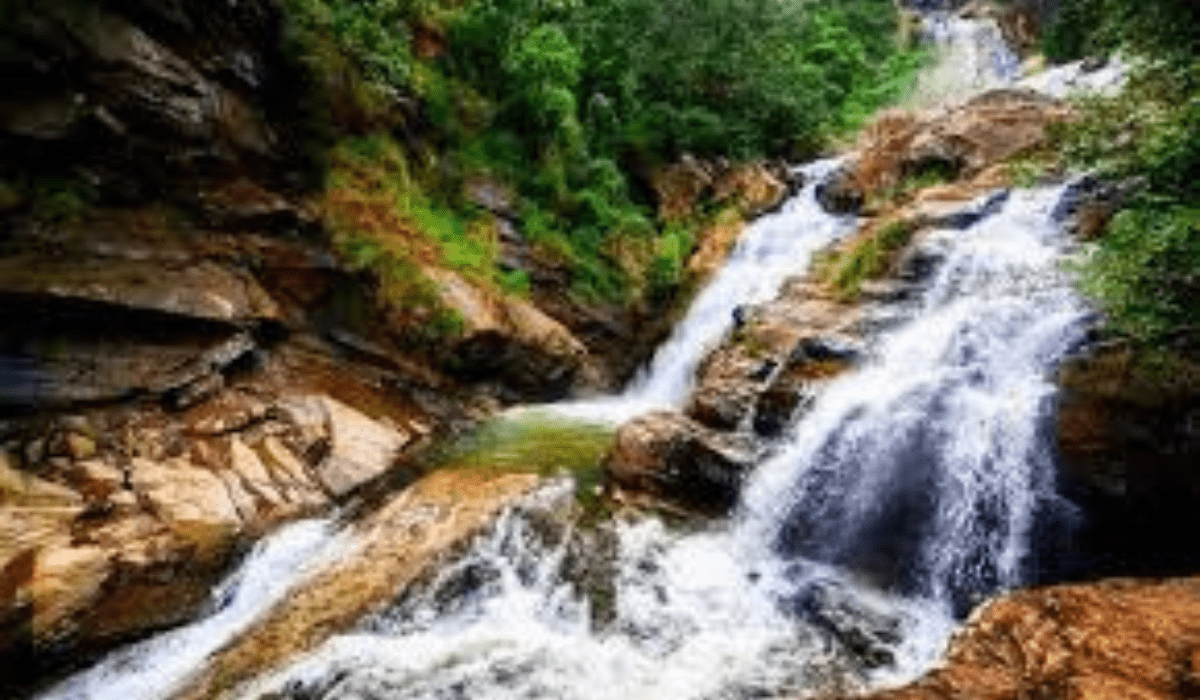
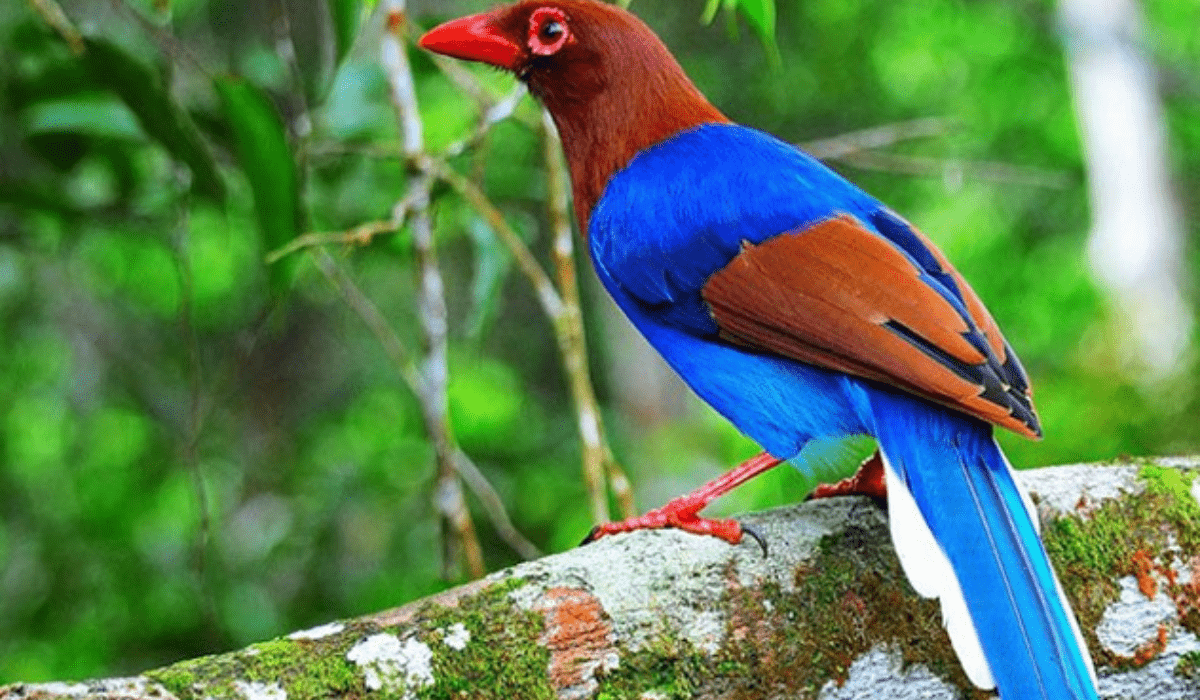
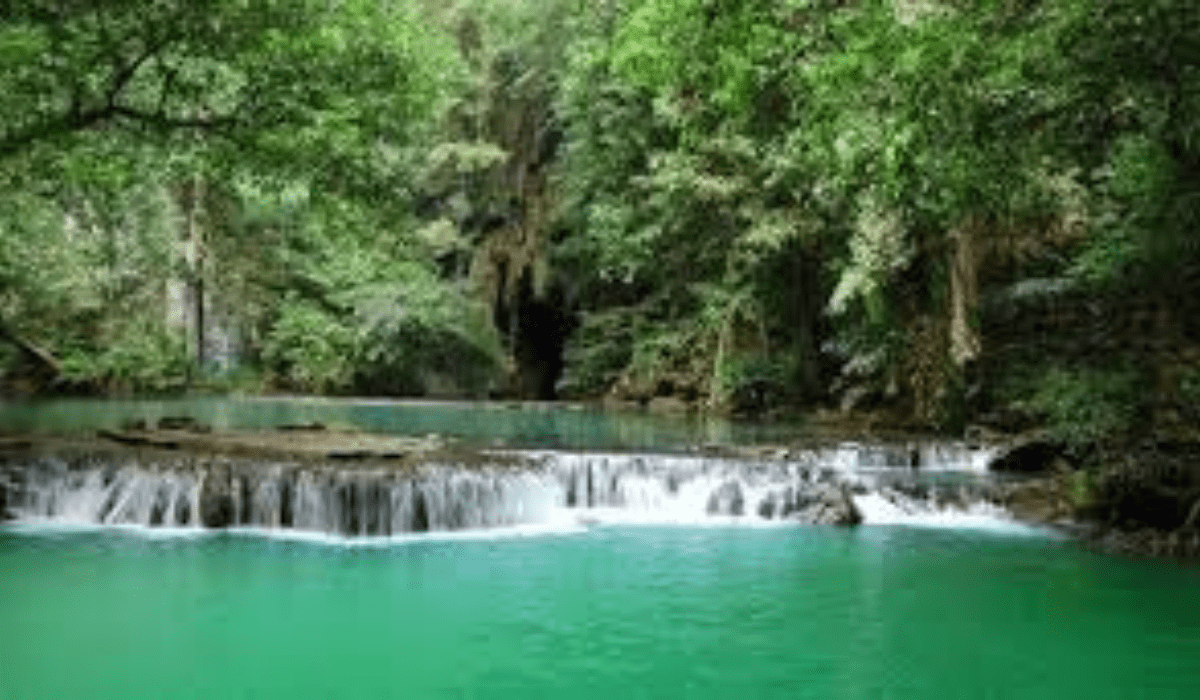
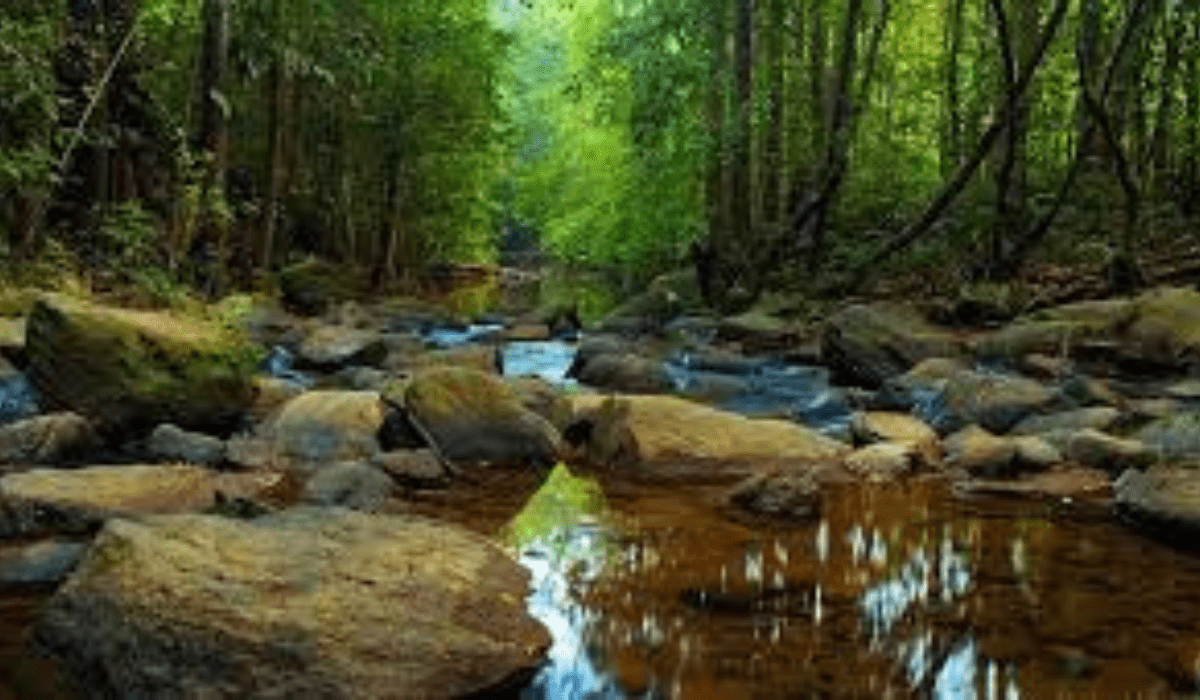
Unique Biodiversity
Sinharaja Forest Reserve is a biodiversity hotspot, home to a wide variety of plant and animal species, many of which are endemic to Sri Lanka. The forest’s unique ecosystems support:
- Flora: The reserve boasts over 830 species of flowering plants, with a significant number being endemic. The dense canopy, lush undergrowth, and diverse tree species create a vibrant and complex habitat.
- Fauna: Sinharaja is a haven for wildlife, including over 147 bird species, 45 reptile species, and 29 mammal species. Endemic species such as the Sri Lankan Blue Magpie, Green-billed Coucal, and the Purple-faced Langur thrive in this protected environment.
Conservation and Research
Sinharaja’s status as a UNESCO World Heritage Site underscores its global importance as a conservation area. Research conducted within the forest has contributed to our understanding of tropical rainforest ecosystems and the impacts of climate change. Conservation efforts focus on protecting the forest’s unique biodiversity, mitigating the effects of human activity, and promoting sustainable tourism practices.
Attractions and Activities in Sinharaja Forest Reserve
Bird Watching
Sinharaja is a birdwatcher’s paradise, offering sightings of rare and endemic bird species. The forest’s dense canopy and rich undergrowth provide ideal habitats for a variety of birds. Birdwatching tours are popular among visitors, with early morning and late afternoon being the best times for sightings.
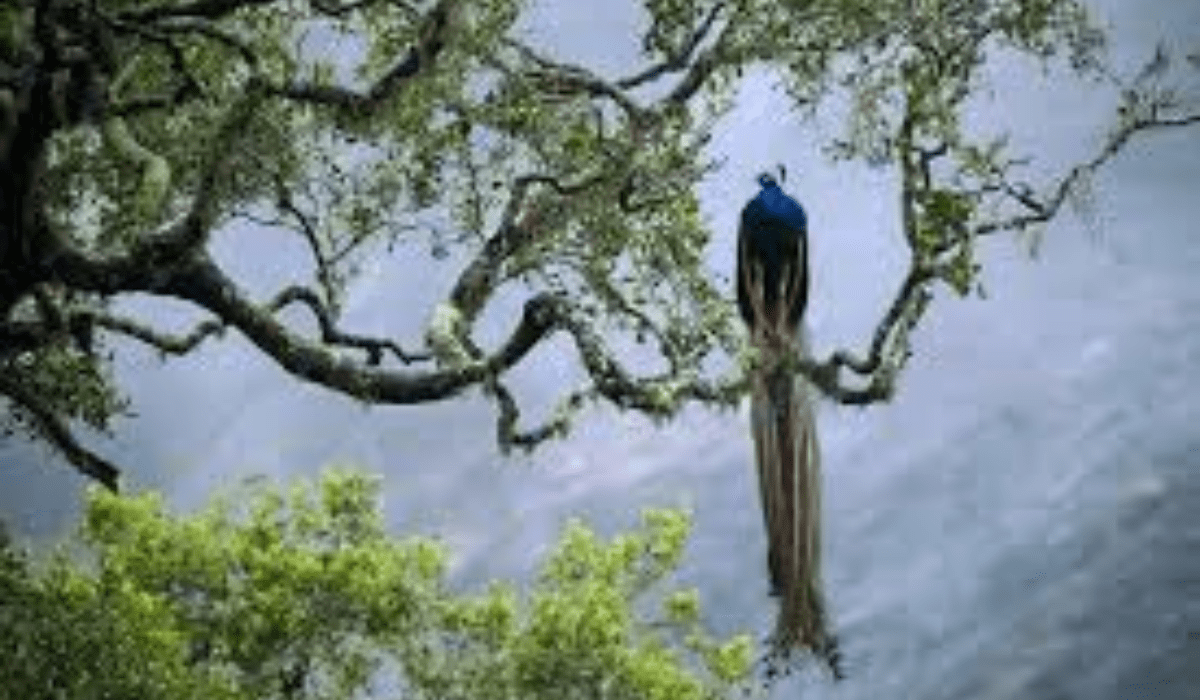
Wildlife Safaris
Guided wildlife safaris allow visitors to explore the forest’s diverse fauna. Experienced guides lead small groups through the forest, providing insights into the behavior and ecology of resident species. Safaris offer opportunities to see mammals such as the Purple-faced Langur, Giant Squirrel, and various reptiles and amphibians.
Hiking and Nature Trails
Sinharaja offers numerous hiking and nature trails, catering to different fitness levels and interests. Popular trails include the Kudawa entrance trail, which takes visitors through the heart of the forest, and the Moulawella trail, which offers panoramic views of the forest canopy. Hiking in Sinharaja provides an immersive experience of the forest’s natural beauty and biodiversity.
Research and Education Programs
The forest reserve is also a center for research and education. Several programs are designed to educate visitors about the importance of biodiversity and conservation. Interactive exhibits, guided tours, and workshops offer insights into the forest’s ecology and the efforts to protect it.
Cultural and Historical Significance
Local Communities
The communities living around Sinharaja Forest Reserve have a deep connection to the forest. Traditionally, they have relied on the forest for resources such as medicinal plants, food, and materials. Today, these communities play a vital role in conservation efforts, participating in eco-tourism initiatives and sustainable practices.
Myths and Legends
Sinharaja is steeped in myths and legends, reflecting its cultural significance. Local folklore speaks of ancient kings, mythical creatures, and the forest’s role as a sanctuary. These stories add a layer of mystique to the forest, enhancing its appeal to visitors.
Sinharaja and Sri Lanka’s Tourism Industry
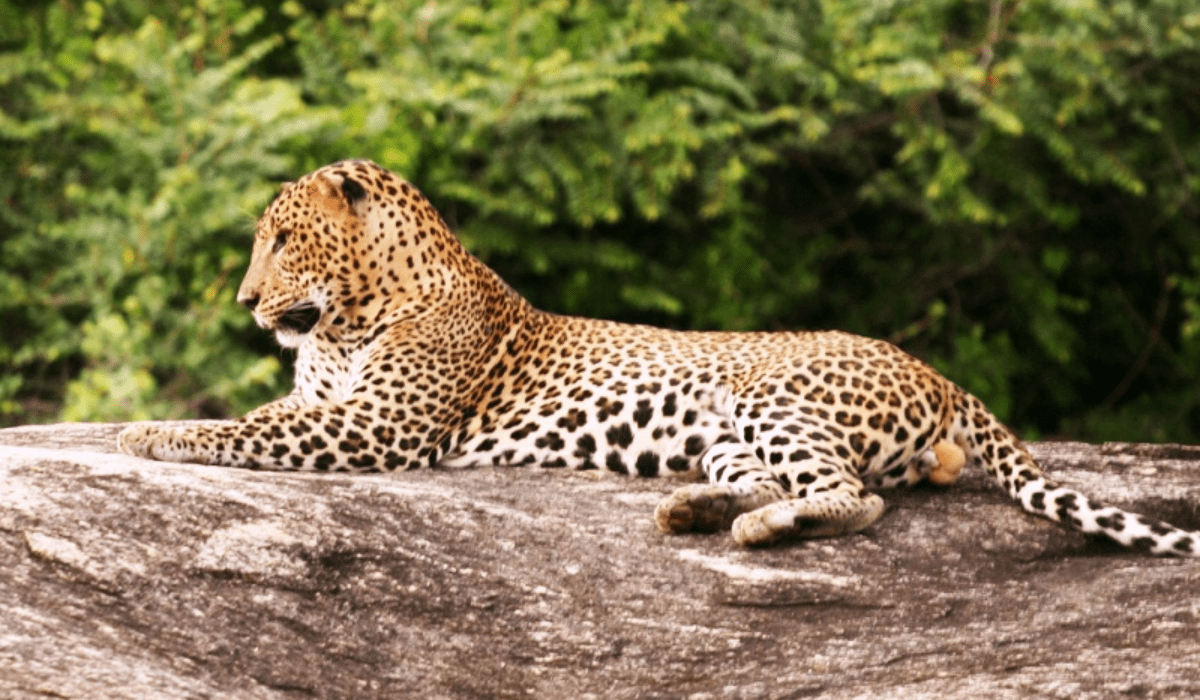
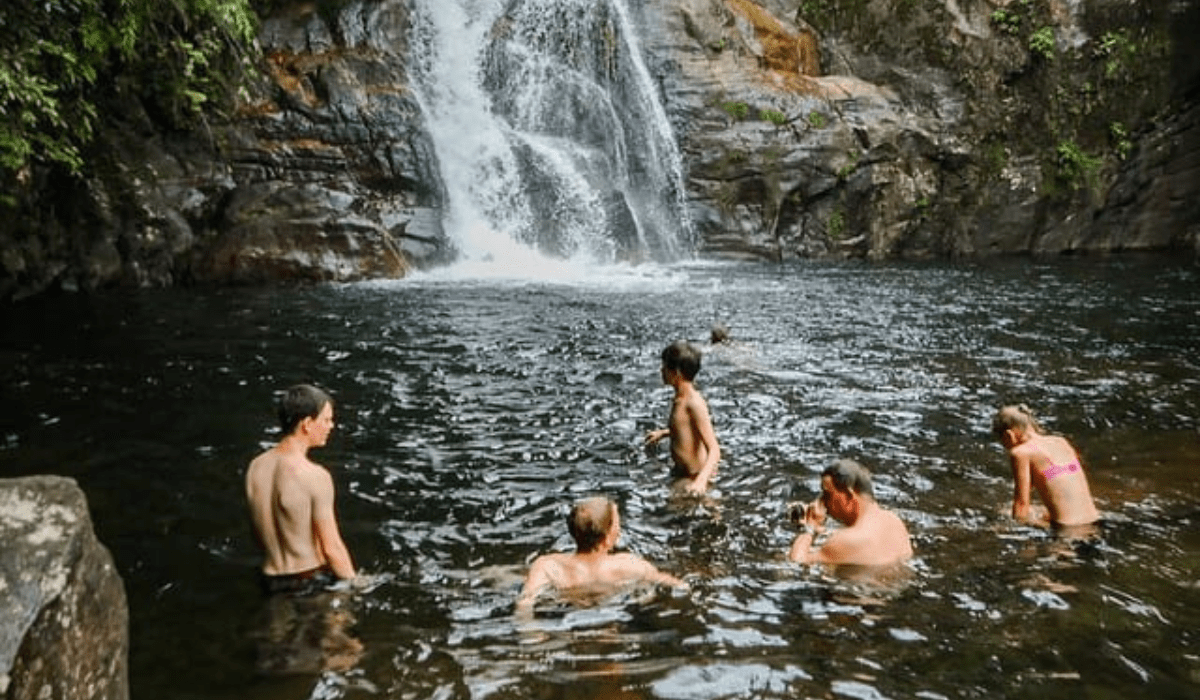

Economic Impact
Tourism in Sinharaja Forest Reserve contributes significantly to the local economy. Eco-tourism initiatives provide employment opportunities for local communities, supporting sustainable development. The revenue generated from tourism helps fund conservation projects and maintain the forest’s infrastructure.
Sustainable Tourism Practices
Sustainable tourism practices are central to Sinharaja’s appeal. Eco-friendly lodges, guided tours, and educational programs promote responsible tourism. Visitors are encouraged to minimize their environmental impact, respect local customs, and support conservation efforts.
Challenges and Future Prospects
While Sinharaja Forest Reserve is a model for conservation and eco-tourism, it faces challenges such as habitat degradation, climate change, and the pressure of increasing visitor numbers. Continued efforts to balance tourism with conservation are essential for the forest’s future. Collaborative initiatives involving government agencies, local communities, and international organizations are crucial for protecting Sinharaja’s unique ecosystems.
Planning Your Visit to Sinharaja Forest Reserve
Getting There
Sinharaja Forest Reserve is accessible from several major cities in Sri Lanka, including Colombo and Galle. The most common entry points are the Kudawa and Pitadeniya entrances. Public transportation, private vehicles, and guided tours are available options for reaching the forest.
Accommodation
A range of accommodation options caters to different preferences and budgets. Eco-lodges and guesthouses near the forest offer comfortable stays with minimal environmental impact. Staying close to the forest allows visitors to experience its beauty and tranquility fully.
Best Time to Visit
The best time to visit Sinharaja Forest Reserve is during the dry season, from December to April. During this period, the weather is ideal for hiking, bird watching, and wildlife safaris. The forest is lush and vibrant, offering excellent opportunities for photography and exploration.
Tips for Visitors
- Respect the Environment: Follow the principles of Leave No Trace. Avoid littering, stay on designated trails, and respect wildlife.
- Hire a Guide: Local guides enhance the experience with their knowledge of the forest’s flora and fauna. They also ensure safety and help navigate the trails.
- Prepare for the Weather: The rainforest climate can be unpredictable. Carry waterproof gear, insect repellent, and appropriate clothing.
- Support Local Communities: Purchase goods and services from local businesses. This supports the economy and fosters positive relationships with the community.

Conclusion
Sinharaja Forest Reserve stands as a testament to the richness of Sri Lanka’s natural heritage and its commitment to conservation. Its unique biodiversity, cultural significance, and eco-tourism appeal make it a must-visit destination for travelers seeking an authentic and enriching experience.
By promoting sustainable tourism and involving local communities in conservation efforts, Sinharaja Forest Reserve exemplifies how tourism can support environmental protection and cultural preservation. This SEO-friendly article aims to highlight the significance of Sinharaja Forest Reserve, encouraging global tourists to explore and appreciate the beauty and biodiversity of this extraordinary destination.
Visitors to Sinharaja Forest Reserve will not only witness the stunning natural landscapes and diverse wildlife but also gain a deeper understanding of the importance of preserving such precious ecosystems. Whether hiking through the dense forest, watching the vibrant birdlife, or learning about conservation efforts, a visit to Sinharaja promises an unforgettable adventure and a profound connection to nature.



